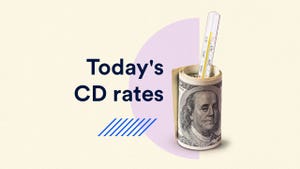
Top CD Rates Today: March 11, 2025 | There's Still Time To Lock In A 4.50% APY
Explore the top CD rates today and learn how economic trends can affect your rate. Bankrate provides valuable insights to find the best CD products to maximize your savings.












